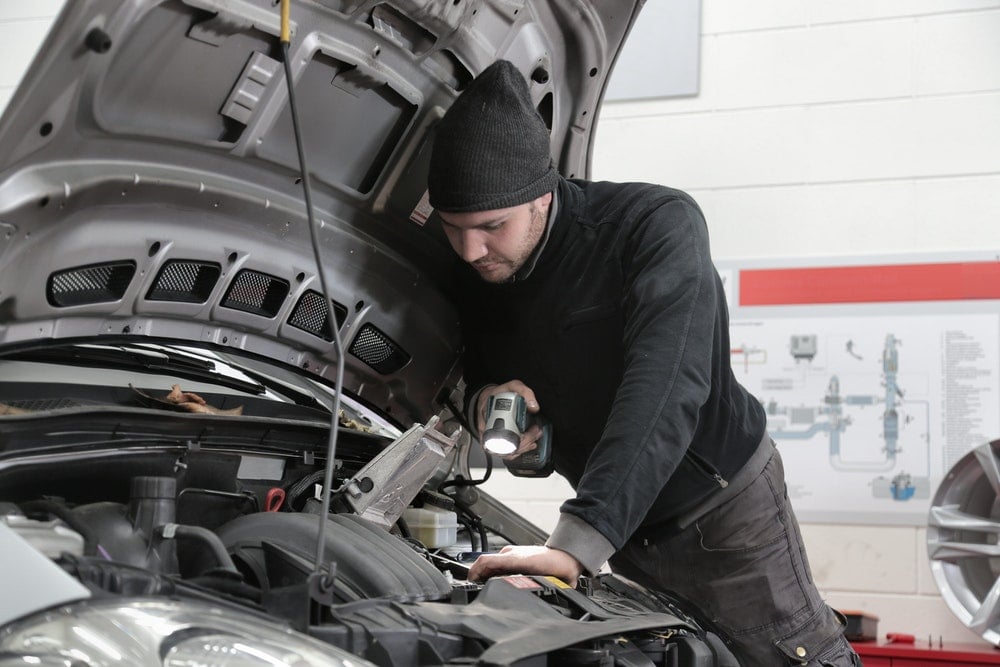Guide to ANPR: All you Need to Know


All you need to know about ANPR systems. What it means and how it operates. We’ve written this guide to answer any frequently asked questions you may have
ANPR is the abbreviation for Automatic Number Plate Recognition. What many people aren’t aware of, though, is that ANPR technology is much older than most of us realise, and it’s only down to its prolific use in recent years that we assume it’s a relatively recent invention. The ANPR System was actually invented in the UK back in 1976, with early, fully functioning prototypes being used from around 1979 in places such as the Dartford Tunnel and the A1.
Perhaps the most prominent usage of ANPR in the UK is the Police to help ‘detect, deter and disrupt criminality at local, regional and national levels. However, this could mean anything from detecting uninsured and untaxed vehicles to locating stolen vehicles and solving major or organised crime. Many criminals rely on vehicles to commit a crime so ANPR can provide evidence and lines of enquiry in criminal investigations. However, Automatic Number Plate Recognition technology is also now commonly found in places from car parks and supermarkets to Council waste sites that log vehicles coming onto their grounds. The ANPR technology in these situations allows for private companies or local authorities to engage in easier payment processes, visibility of spaces and ticketless systems.
In general terms, automatic number plate recognition cameras can detect or be used to calculate the following:
– Average speed of vehicles
– Vehicles which are untaxed or uninsured
– Stolen vehicles
– Detect, deter or disrupt criminality, including major and organised crime
– Traffic flow
– Bus lanes and box junctions
– Parking in car parks
– Toll roads
– Congestion zones
– Traffic journey times
There is currently no legislation that allows for ANPR to catch drivers speeding. ANPR focuses on motoring and criminal offences and not speed. However, ANPR technology is used in some motorway cameras to check the average speed of vehicles between two points, so where average speed cameras are in place, the technology is used to determine your average speed.
Not all police vehicles are equipped with ANPR cameras. A large force such as the Metropolitan Police will have many camera-equipped cars, while a smaller force will have fewer. Specific information on numbers for individual forces can usually be found on their websites.
Currently, ANPR cameras are owned by the Police or run in partnership with local authorities. These can include mobile cameras in patrol cars, transportable cameras in specialist vans, fixed cameras on motorways etc. ANPR can also be fed through some town centre CCTV systems and fixed-site systems to cover crucial points on the road network or areas such as airports and ports.
As a vehicle passes an ANPR camera, the technology captures images to identify number plate registrations read using optical character recognition software. The registration is then checked against the Police National Computer (PNC) and other databases such as those from the DVLA and the Motor Insurers’ Bureau (MIB).
Automatic Number Plate Recognition technology is used by Law Enforcement Agencies, including Police, local authorities, private companies, the DVSA and the DVLA. When an ANPR camera clocks your number plate, the data relating to your registration can only be accessed if there is a legitimate reason to do so. The National ANPR Standards for Policing and Law Enforcement outlines that ‘access to ANPR data must be proportionate to the circumstances of that access and taking account of the impact on the fundamental rights and freedoms of individuals.’ Similarly, ANPR read records must be deleted no later than 12 months after the initial capture unless it’s being retained under provisions of the Criminal Procedure and Investigations Act 1996 (CPIA) or similar provisions in Scotland.
Private companies can access vehicle and registered keeper data from the DVLA if they have reasonable cause to make a request. They must also be a member of the British Parking Association or the International Parking Community. Private companies and other non-police organisations do not have access to data relating to vehicle movements and offences. In car parking situations, ANPR can take timed photographs at the entrance and exit of a car park giving the parking company an accurate recording of how long a vehicle has used the facilities and whether it’s parked multiple times. ANPR cameras are also often used at sites that require a higher level of security.
Police forces don’t typically declare where ANPR cameras are located, but common places are usually public and private car parks, local authority refuse sites, motorways and highways.
In a nutshell, yes, ANPR cameras do work during the night too. The cameras are fitted with infra-red sensors allowing them to clearly capture the number plate during the day or night and avoid any glare.
ANPR cameras use infra-red sensors to capture a clear image of each registration and can read number or license plate registrations on vehicles at speeds up to 100mph or 160km/h. Although heavy rain and snow can cause a minor reduction in performance, the cameras capture high-quality stills regardless of poor weather or lighting conditions.
The term ‘ANPR Equipped’ is displayed on vehicles that are equipped with ANPR cameras, most notably on Police vehicles.
– Registered Keeper details
– Tax, Insurance and MOT status
– If the vehicle is flagged with any markers from the PNC (Police National Computer). Examples of markers will be whether a vehicle is stolen, details of a driver who is being sought after, vehicle/keeper is known to carry firearms, drugs etc.
Click here for further information on how and why ANPR technology is used by Police and other Law Enforcement Agencies (LEA) in the UK.



